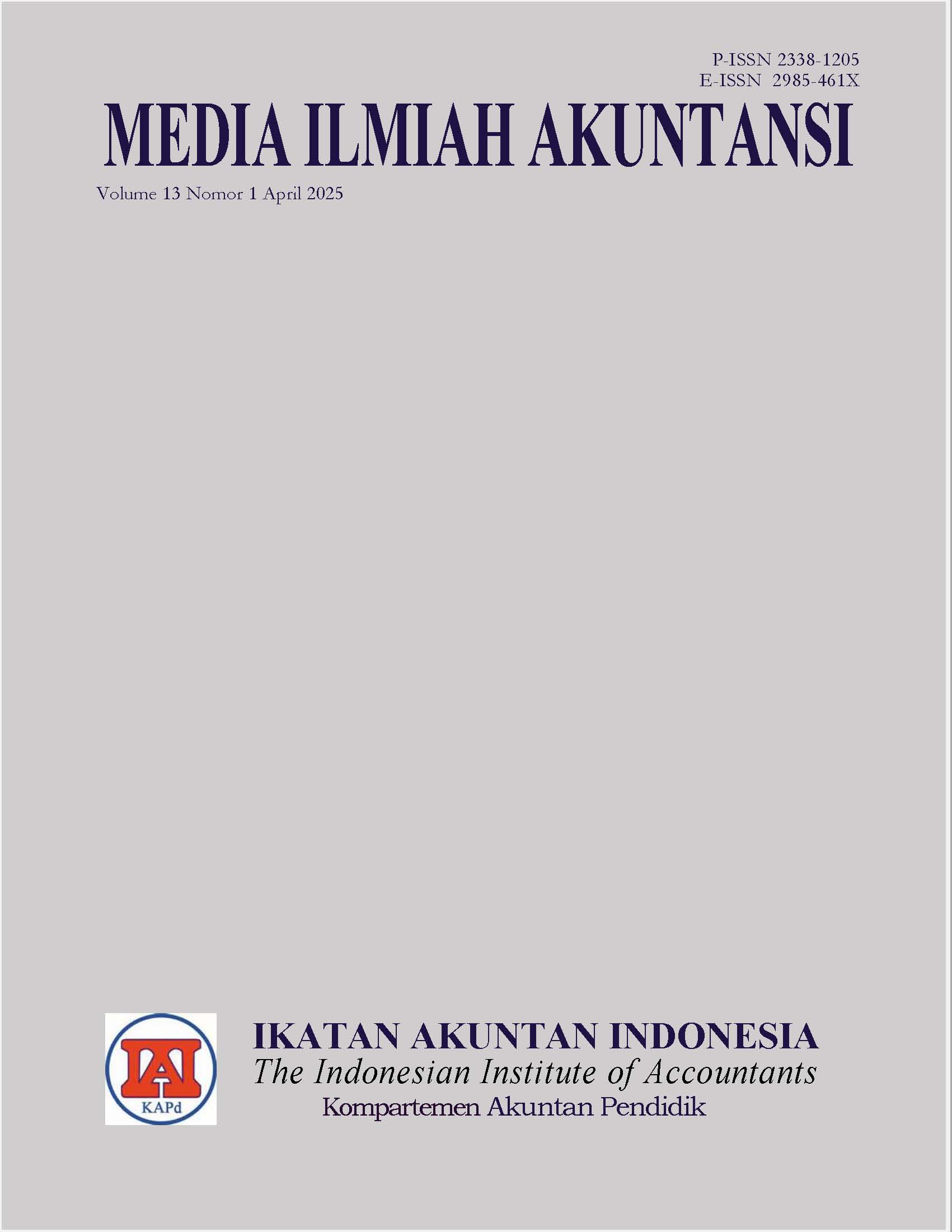Transisi Energi Terbarukan: Peran PLTS dalam Efisiensi Ekonomi dan Ketahanan Energi Indonesia
DOI:
https://doi.org/10.34208/mia.v13i1.54Keywords:
Emisi karbon, Energi terbarukan, Ketahanan energiAbstract
This study examines the role of Solar Power Plants (PLTS) in supporting the renewable energy transition in Indonesia, focusing on their contribution to economic efficiency and national energy security. As a country with significant potential for solar energy development, Indonesia is striving to reduce its dependence on fossil fuels, particularly coal, which have negative environmental and economic impacts. The use of PLTS as a renewable energy alternative can not only reduce carbon emissions but also provide long-term economic benefits through operational cost savings and reduced dependence on fluctuating fossil fuel prices. This study also discusses the Indonesian government's policy in achieving the 23% renewable energy mix target by 2025 and its contribution to reducing greenhouse gas (GHG) emissions, as stipulated in the Paris Agreement. By utilizing secondary data from government reports and related institutions, as well as a review of relevant literature, this study concludes that the development of PLTS can be a strategic solution to strengthen Indonesia's energy security, support the achievement of sustainable economic targets, and mitigate the impacts of climate change. This study also suggests the need for policies that further support the acceleration of the energy transition, as well as increased investment and development of other renewable energy technologies such as wind and biomass
Downloads
Published
How to Cite
Issue
Section
License
Copyright (c) 2025 Media Ilmiah Akuntansi

This work is licensed under a Creative Commons Attribution-ShareAlike 4.0 International License.










